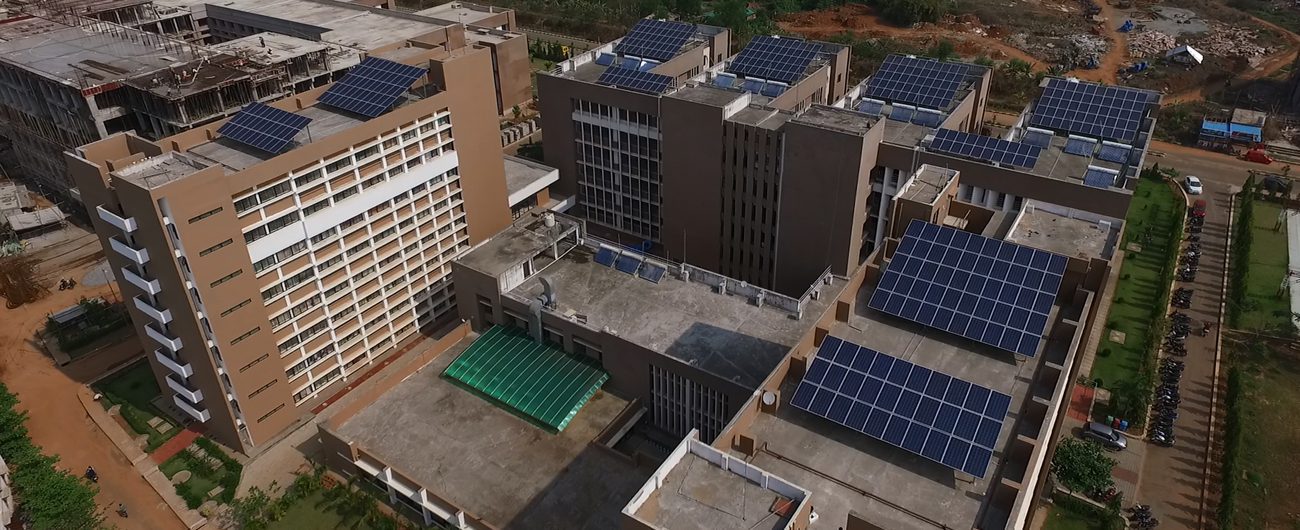Table of Contents
Intense Heat Waves Linked to Climate Change
The April heat wave that swept across Asia, bringing temperatures soaring up to 46°C (115°F), was significantly more severe due to climate change, scientists have confirmed. Without climate change, such extreme temperatures would have been far less likely.
Impact on Millions Across Asia
Last month, extreme heat affected hundreds of millions of people in Asia, compounding the difficulties faced by 1.7 million individuals displaced by the war in Gaza and those lacking access to cooling systems. Hundreds of heat-related deaths were reported, with researchers suggesting that many more fatalities likely went unreported.
Climate Models Highlight Human Influence

The World Weather Attribution (WWA) group utilized computer models and ground observations to trace the impact of heat-trapping gases in the affected regions. “We wanted to determine if such temperatures were possible in the past and predict their future occurrences,” explained Mariam Zachariah, a climate change researcher at the Grantham Institute of Imperial College London and the study’s lead author.
Economic Impacts of Extreme Heat
Ashish Fernandes, CEO of the consultancy Climate Risk Horizons, emphasized the extensive economic impacts of these heat waves. “Current economic issues in India, such as food inflation, low productivity, and unemployment, will worsen with each new heat wave,” he stated. A 2022 study revealed that extreme heat could lead to 650 billion hours of lost labor globally each year, costing an estimated $2.1 trillion in 2017 alone.
Health and Productivity Challenges
Fernandes likened the situation to “chronic inflammation of the body.” While people may not be collapsing and dying immediately, their daily lives become significantly more difficult. The ongoing stress of high temperatures affects health and productivity in numerous ways.
Insufficient Heat Action Plans
While countries like India have implemented heat action plans, the scale of these measures is insufficient to protect the most vulnerable populations from temperature stress. Jaya Dhindaw, a sustainability expert at the World Resources Institute, highlighted the vast number of people in India who lack the resources to shield themselves from extreme heat. “For many, it is a matter of survival,” she noted.
Complex Realities and Local Challenges
Aditya Valiathan Pillai, a fellow at the think tank Sustainable Futures Collective, has underscored the challenges of addressing the heat crisis in India, where he conducted an in-depth analysis of the country’s heat action plans at the state level in 2023. He pointed out that ensuring preparedness across thousands of local governments in India is a formidable task, given the country’s vast size and resource limitations. Despite the growing urgency to address the rising temperatures, making heat mitigation a priority at the local government level remains a significant hurdle, particularly in regions where other pressing issues often take precedence.
One of the key concerns highlighted by Pillai is the critically low public awareness about the dangers of heat exposure. While some areas are beginning to recognize the severe consequences of extreme heat, many people are still unaware that prolonged exposure to high temperatures can be fatal, leading to heat strokes, dehydration, and even death. Additionally, extreme heat has a profound impact on productivity, especially in outdoor sectors like agriculture and construction, where workers are at heightened risk. As the climate crisis intensifies, the need for comprehensive heat action plans, along with increased funding and public education, has never been more urgent.
Building Resilience Through Local Cooperation
Pillai emphasized the importance of fostering cooperation among India’s numerous local administrations to create a unified and robust resiliency framework against extreme heat. He believes that through collective efforts, local governments can pool resources, share knowledge, and implement coordinated actions to better protect communities from the increasingly frequent and intense heat waves. This collaborative model could not only address the immediate challenges faced by India but also serve as a valuable blueprint for other heat-prone developing nations grappling with similar climate risks.
Although Pillai acknowledged the difficulty of achieving such widespread cooperation, he concluded that the rewards would be substantial. A cohesive resiliency framework could significantly enhance India’s ability to withstand and adapt to extreme heat, improving public health, productivity, and overall well-being. By setting an example for other nations, India could inspire global action and foster a shared sense of responsibility in the fight against climate change, demonstrating that regional collaboration is key to building long-term climate resilience.
Conclusion
The April heat wave in Asia underscores the urgent need for comprehensive climate action and preparedness strategies. As climate change continues to exacerbate extreme weather events, countries must enhance their heat action plans and increase public awareness to protect vulnerable populations and sustain economic stability. The lessons learned from Asia’s recent experience should inform global efforts to mitigate the impacts of climate change and build resilient communities.






















Leave feedback about this